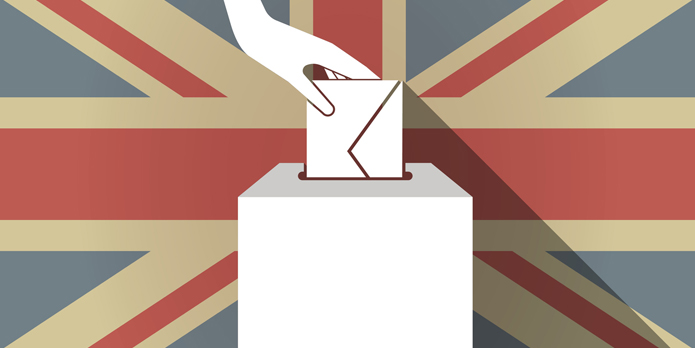
General Election 2017: the manifestos
With the general election upon us, Freshwater’s public affairs team considers what pitches the parties are making to the electorate on transport, infrastructure, ports and maritime, and devolution; and, in terms of devolved authorities, parties’ views on who should be delivering these policies.
In assessing the manifestos of the Conservatives, Labour, the Liberal Democrats, SNP and Plaid Cymru, we are led to consider ‘what is the point of manifestos?’
Typically serving as the primary reference for each party’s plan for government, effective manifestos should contain sufficient detail for the policies to have some meaning; enabling business, commerce and the third sector to forecast the impact of each party entering government and weigh up the implications.
In this sense, not all manifestos are created equal.
While Labour billed its manifesto as the most comprehensively-costed ever, critics will argue that it contains unexplained holes in its calculations and policy promises based on overly optimistic assumptions about the likely returns from its proposed tax regime.
But at least the Labour manifesto contained data to critique.
In contrast, the Conservative manifesto’s most striking features are the lack of detailed costings and a highly narrative style which is clearly designed to set out the direction of Theresa May’s next government. While this detail-lite approach has gifted many critics, most of all John McDonnell and the Labour Party, an easy stick with which to bash Chancellor Hammond and Mrs May, its broad-brush approach has also helped facilitate several well-publicised amendments: were it not for the generalities the prime minister would not have been able to add a cap onto her key social care pledge. Whether or not it was politically wise to do so – leading as it did to inevitable accusations of a ‘U-turn’ – Mrs May took the gamble that any negative fallout now would be worth it if it meant not making a rod for her government’s back. Of course, this rationale also alludes to Conservative confidence that Friday’s result will go their way.
Unfortunately for the Conservatives, the lack of detail and subsequent revisions have given the impression of a manifesto hastily cobbled together and without much thought to anything beyond Brexit. Arguably indeed it sums up the raison d’être for the whole election.
It also brings into question the legitimacy of general election manifestos in totum. If a party can herald their manifestos as being the blueprint for their government, then set about changing them after they are poorly received, are they really worth the paper they’re written on?
Because of this, many will have found this general election campaign frustrating. Comparing the Labour manifesto with the Conservative’s is, thanks to their differences in style and purpose, a question of apples and oranges.
Should the political system start thinking critically about manifestos and the purpose they serve? Is there a need for an independent authority – akin to the Office for Budget Responsibility – to stipulate what information manifestos should contain? Would it be helpful for our democracy to have all manifestos assessed and costed? And once in power, should a government’s actions be independently and formally measured against what its manifesto promised, rather than what it goes on to set out in the Queen’s Speech, or in its first Budget?
These are questions for another day. While flawed, the manifestos are still the best indication we have for the next government’s policy programme.
